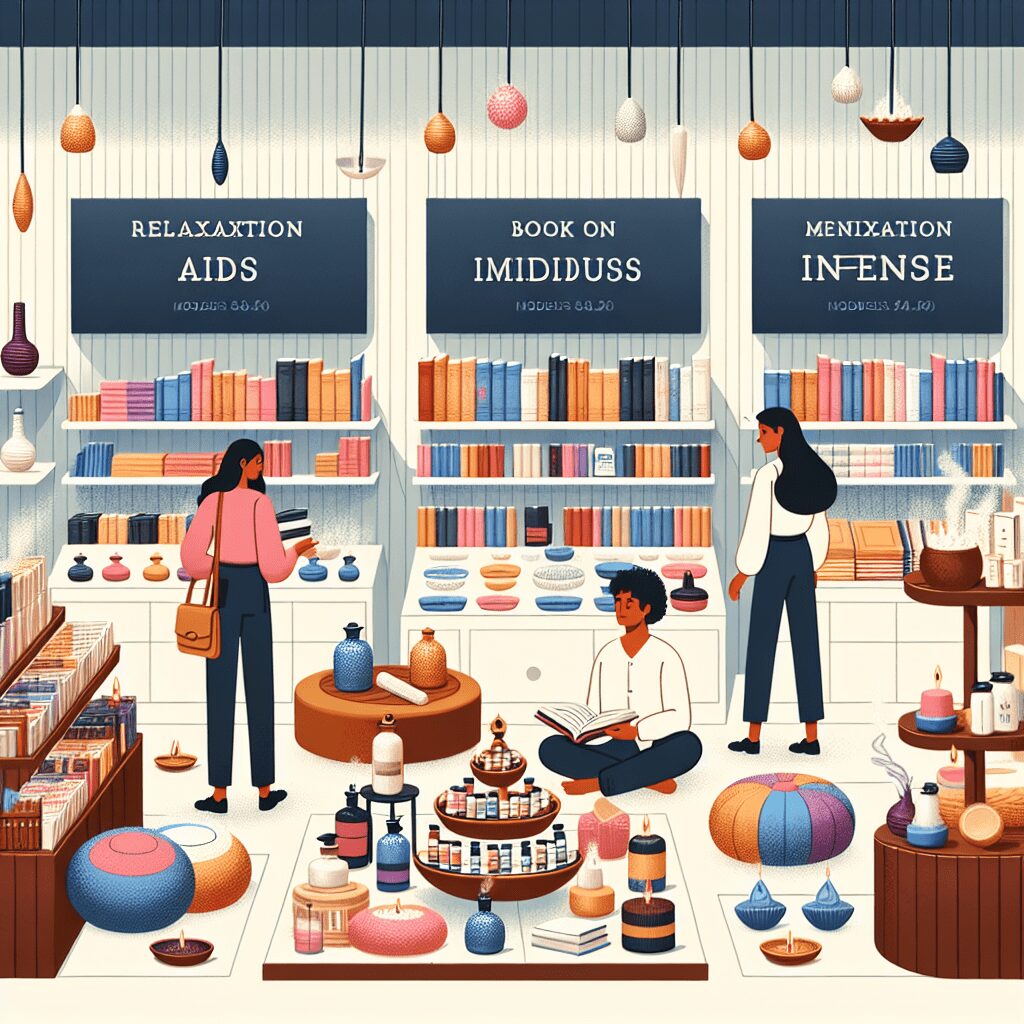
Prioritize your mental well-being daily. Enhance your life by nurturing your mental health with the Smart Meditation app. Break free from stress, alleviate anxiety, and enhance your sleep quality starting today.
Should I Take Finestride On Antidepressants?
Navigating the Waters of Finasteride Use with Antidepressants: Is It Safe?
In the realm of modern medicine, the intertwining of treatments for physical and psychological ailments often creates a complex scenario. One such intriguing crossroad is the simultaneous use of finasteride, typically prescribed for hair loss and benign prostatic hyperplasia (BPH), with antidepressants, a common remedy for varying degrees of depressive disorders. Before jumping on this bandwagon, it’s crucial to dissect the potential ramifications and interactions that might come into play.
Understanding the Dynamics of Finasteride
Finasteride operates by inhibiting the conversion of testosterone to dihydrotestosterone (DHT), a hormone linked to hair loss in men and the enlargement of the prostate. By keeping the levels of DHT in check, finasteride can effectively put a halt to hair thinning and relieve symptoms of BPH.
However, it’s not all sunshine and rainbows. While finasteride flaunts its prowess in tackling these issues, it also brings a bag of possible side effects to the table, ranging from minor nuisances like nasal congestion to more severe concerns like libido decline or even depression. Now, that’s where the plot thickens!
Treading Carefully: The Antidepressant Equation
On the flip side, antidepressants are the go-to for many battling the dark clouds of depression. These medications, while lifelines for countless individuals, are no strangers to side effects themselves. They can, among other things, impact sexual health and mood — areas already potentially sensitized by finasteride.
So, here’s the million-dollar question: Should you mix the two? Well, it’s not a black-and-white situation. Here’s why:
- Individual Responses Vary: Just as beauty is in the eye of the beholder, so is the body’s reaction to medication. What works like a charm for Jack may just not cut it for Jill.
- Research Is On the Fence: Scientifically speaking, the jury’s still out. There’s a paucity of concrete data directly addressing the safety and outcomes of this specific drug cocktail.
- The Role of Healthcare Providers Is Key: If ever there was a time to chat up your healthcare provider, this is it. Considering the potential for adverse effects and the individual nature of drug interactions, a tailored approach is paramount.
Navigating the Course: Steps to Take
If you’re at this crossroads, wondering how to proceed, here are a few navigational aids:
- Open Dialogue: Initiate an honest conversation with your healthcare provider. Dishing out the full scoop on your current meds and concerns sets the stage for informed decisions.
- Monitor Vigilantly: Should you embark on this dual-med journey, keep a keen eye on your body’s responses. Any red flags should prompt an immediate discussion with your doctor.
A Penny for Your Thoughts?
Combining finasteride with antidepressants is not a no-go zone, but it’s definitely not a realm to tread into lightly. The potential for side effects and the lack of robust clinical data on interactions necessitate a cautious, personalized approach, preferably with the guidance of a trusted healthcare provider. So, before leaping, remember the age-old wisdom: look before you leap, or in this case, consult before you consume.




